TurboCAD Query: Maintaining Rendering Acrss File-types?
| Nigel Graham 2 | 05/04/2023 19:09:36 |
| 3293 forum posts 112 photos | Thankyou! I'd always wondered what ACIS is! I've just done some experimenting. TurboCAD 2021 has 4 3D Boolean operations: Add, Subtract, Intersect and Slice. Its Chamfer tool offers 3 ways but seems to work only in 2D. That is not a problem in 3D if creating the base figure to be extended to 3D by Extrusion or Thickness; but is limited only to the extended base shape. So I was able to create a thick "plate" with its vertical corners chamfered, but not to chamfer the edges between them. The only way I can see is to subtract a triangular prism from each edge. That does work, tested on a larger block, but is a dreadfully laborious method. Similarly I can see no obvious way to chamfer the edge of a disc, other than by assembling a truncated cone to the end of a cylinder.
Fillet is labelled "Fillet 2D" but I took me a while to see how to fillet a corner that cannot exist! Eventually I saw what it's meant to do but in trying it, TurboCAD froze as its does sometimes, to a point where only Task Manager can recover it. Which I did, then managed to model a piece of "angle-iron" standing on end, but "welding" a plate to its foot is another matter. The plate can be assembled there, but not filleted to the vertical part. So I don't know to what extend TurboCAD 2021 has any of these ACIS methods. The edition I have is not "old" but current, but only "Deluxe" not "Platinum".
A 3D mouse? I've never heard of one of those. How does that work? |
| JasonB | 05/04/2023 19:25:41 |
25215 forum posts 3105 photos 1 articles | TC does seem so long winded or you are not going about things the right way. Fillets and chamfers are quite easy with Alibre and F360. This bit of angle and plate have various internal and external fillets including the weld fillet joining them and the plate ha s45deg chamfer corners and a 2 x 5 chamfer to it's top edge. Some were added at the 2D sketching stages others directly to the 3D model. |
| David Jupp | 05/04/2023 19:26:48 |
| 978 forum posts 26 photos | And interestingly (or not) ACIS is also the 3D modelling kernel used by Alibre, which just goes to show that the implementation of what is wrapped around the kernel can completely change how the functionality appears to the poor user! I won't criticise TurboCAD because I haven't any significant experience of it (so it would be unfair of me to do so) - I do know from many reports that it is rather 'different' from Alibre (and similar packages) in the way the user interacts with it. That's one reason perhaps why many of us can't really answer your TurboCAD questions. I've seen enough to know that both are capable of high quality output. As long as it works for you, that's all that matters. |
| Andy Ash | 05/04/2023 21:00:33 |
| 159 forum posts 36 photos | In your initial post Nigel you wrote 2012, which I think might have been a typo given what you have written most recently. The "newness" won't get you "more" with TurboCAD just fewer bugs. It's actually quite hard to separate the "bugs" from the "limitations". Limitations vanish when you step up to the more expensive paid versions. I can assure you of that. What I can't say is whether you will be happy. I have been through exactly what you describe. With perseverance I too was able to subtract triangular prisms from rectilinear blocks to achieve 3D chamfers. It took hours, and frequently the software would crash because I would push it right to the edge. After I paid for the software I could define a 3D shape in moments. Then I could pick the edges I wanted fillets for. Click confirm, and it fillets those edges and calculates what to do where different kinds of edges meet. You can draw a spline convert it into a surface and use it to slice a mesh. You can do a 3D polyline rail extrude and subtract it from the middle of a solid. It just works, but it is expensive. Occasionally (every few months) I find myself in a knot where I'm not quite sure where I am. I'll not know if it is me or the software. Things are certainly odd, but I'm not sure if there is some aspect of the software I don't quite understand, or if I'm actually looking at a bug. I save fairly regularly and I use Git version control as well. It's not a big deal to backtrack and redo. Usually that sorts everything out. I have had the paid software crash on me, but as I have become more systematic in my use it seems to have become happier with me! I cant say relatively if other CAD packages are better or worse, but I have used sketchup and and I hated that. I don't like Fusion360 but it is massively popular. A 3D mouse is great for flying around your model. It's basically a six axis joystick. You use it in addition to an ordinary mouse. As things get more complicated, typically you will be working with a wireframe even if you plan to render your final object. Wireframe is as good as it is horrible. Wireframe is great because it is like x-ray vision, but it's horrible because it's like x-ray vision. The 3D mouse really helps because you can look at the model as it moves. When it is static you can see it both inside out and the right way around. Once the model moves it is much harder for my brain to see it inside out or upside down. Also it is quite common to get nodes in the distance which overlap ones that are nearer. The 3D mouse will help you separate snap targets without loosing your focus on your objective. Edited By Andy Ash on 05/04/2023 21:08:29 |
| Nigel Graham 2 | 06/04/2023 01:25:37 |
| 3293 forum posts 112 photos | Jason - Long-winded because no direct tools! The reference-manuals are hard to search. That for TC2019 works, but the pdf and document page-numbers for TC2021's manual hopelessly mismatch. However they reveal the truth. You need to know - a) The object generation type: "solid" or "surface". b) The model's assembly order (?). and c) If your edition of TurboCAD has the tools! Mine (TC 2021 Deluxe) doesn't. It cannot Fillet 3D objects. Nor Chamfer them. Both tools work only on 2D polygons, hence in 3D only the extensions of their own edges. They exist fully only in the more advanced, 'Platinum' editions. ............ David - TurboCAD itself does not mention ACIS. The word is in the manuals but these cover several versions of each number-type of TurboCAD.
My experience is the opposite! I followed Part One of the MEW Alibre series, and even modified the foot of that scribing-block for better stability. Then that was it. I missed the next two instalments so lost the lot. The SE (C) web-site holds an exercise modelling a cast or welded bracket, including fillets. Then that was it. I could not find its next exercise and hit a solid wall. Alibre and later, SE, showed just how much I'd need learn from scratch. I realised designing even, say, a simple engine part 3D-first would be hard enough; I could never reach designing the whole engine in 3D. I deleted them and their exercises. Alibre and SolidEdge look similar, and differ considerably in appearance and approach from TurboCAD. TC is just as hard but does not insist on 3D 'Models' though certainly lets experts work from 3D. You can create orthographic drawings straight off.. The 3D drawing that prompted my question is of a simple wire-reel made from 4 pieces. ...... You are right about quality. as well as precision, TurboCAD's Users' Forum gallery is full of beautiful, near-photographic engineering and architectural pictures. Some are by professional TC users but others by amateurs. Most of those 3D-models are purely art-works; but one was by a model-engineer in New Zealand, of the miniature, triple-expansion marine engine he was building. . Yes, TurboCAD works for me, to a point. There are important areas I cannot grasp properly. Nor can I create 3D drawings of any worth. 3D models are valuable to very skilled CAD users; shown on this Forum and in the magazines. My very simple, rough accessory sketches are no good for originating functional elevation drawings or as assembly and GA drawings. |
| lee webster | 06/04/2023 09:13:40 |
| 383 forum posts 71 photos | Hi Nigel, I dont know about others who have commented, but I would like to see a picture of what you are doing posted here. Screenshots or images from TurboCAD are a rare sight! |
| Nigel Graham 2 | 06/04/2023 09:44:23 |
| 3293 forum posts 112 photos | OK: ones I have on my album. The sectioned pumps were to help discussing types for a particular application. The rest are really only exercises, of not much practical use: Respectively, the lift and force pump to show their principles; one of my steam-wagon cross-heads (made from a pair of castings I think originally for a 7-1/4" g. loco), and an attempt to model the wagon itself as it is so far. I soon realised the lorry is far beyond me - the wheels for example are of two rose-pierced discs, not solid. The two bit as floating in the background are a "spare" footplate/ bunker floor and a bunker, where I generated them. Making the bunker look like a bunker with a floor was one of the hardest parts of the exercise. It was either a solid block or a wall with no floor to stop the coal falling on the ground. I soon realised this exercise is right at my limit, lacking any details like boiler fittings, steering-gear and springs, though I think I later added the two crew seats and a simple block representing the vertical engine between them.. They are just rectangular blocks though.
|
| SillyOldDuffer | 06/04/2023 10:40:54 |
| 10668 forum posts 2415 photos | Posted by Nigel Graham 2 on 06/04/2023 01:25:37: ... Alibre and later, SE, showed just how much I'd need learn from scratch. I realised designing even, say, a simple engine part 3D-first would be hard enough; I could never reach designing the whole engine in 3D. I deleted them and their exercises. ...And that was a massive mistake! The endeavour came to a dead-end and all the effort put into Alibre was wasted. Worse, a partial understanding of Alibre is added to the muddled understanding of all the other software Nigel has abandoned. Switching prematurely between products is confusing. There is no easy answer. My advice to Nigel is to:
Professionals often avoid painful time-wasting teething trouble by going on a course, perhaps 5 days of explanation and hands-on exercises to nail down the basics firmly. Only after the basics are grasped do reference manuals start to make sense. It's possible to DIY, but allow plenty of time and keep an open mind. When it's not going well, chances are something simple was mis-set earlier. Backtrack, and think again. Don't assume that the first thing that worked is the right answer! Self-teaching is hard work, because teacher and pupil are both confused. And exploration and analysis are harder than learning. If all else fails, buy a drawing board. I make lots of small simple parts, and most of the drawings are done on paper, often back of an envelope! Dave
|
| Ady1 | 06/04/2023 10:54:23 |
6137 forum posts 893 photos | Some of them are for artists more than engineering type work but the stuff they can produce and their flexibility makes you wish they were for engineers |
| Andy Ash | 06/04/2023 10:57:01 |
| 159 forum posts 36 photos | If TurboCAD screen captures are rare, then I've uploaded one to help. This is a drawing of a pattern that I did ages ago. I seem to remember I did this one before I upgraded to the Platinum version of TurboCAD, so it is possible. It just takes way longer and life is short. |
| Ady1 | 06/04/2023 11:10:00 |
6137 forum posts 893 photos | If you're struggling just use old model engineer plans to build stuff for training purposes, these are from during the war CAD is like sex, you can read as many books as you want but there's really only one way to learn |
| JasonB | 06/04/2023 11:22:10 |
25215 forum posts 3105 photos 1 articles | If Nigel can only get wireframe then no wonder it is difficult. Alibre has the option to show items in wireframe but it is something I never use as it becomes just a jumble of lines once you get to anything of any detail and it does not even differentiate hidden or visible, take this example, it's a Stuart Victoria but you would be hard pushed to tell what it is or make out individual parts Using "illustration" does at least hide the hidden lines if you want a basic B&W image There are a couple of other options but the one I tend to use is "shaded with visible edges" Immediately you can see where one part starts and another ends, I use colour to distinguish materials which also helps see what is what. |
| Nick Wheeler | 06/04/2023 11:49:52 |
| 1227 forum posts 101 photos | Posted by SillyOldDuffer on 06/04/2023 10:40:54: Self-teaching is hard work, because teacher and pupil are both confused. And exploration and analysis are harder than learning. They're not confused but ignorant. And that leads to the self-perpetuating frustration repeated here. I've mentioned this several times, but Nigel needs some one-to-one teaching to fill in the gaps in his understanding and reset his faulty thinking. |
| Ady1 | 06/04/2023 11:57:51 |
6137 forum posts 893 photos | Posted by JasonB on 06/04/2023 11:22:10:
If Nigel can only get wireframe then no wonder it is difficult. Using "illustration" does at least hide the hidden lines if you want a basic B&W image The view option is quite important so Turbocad must have the same sort of thing If you look at my toolbar the entire top section gives viewing options |
| Andy Ash | 06/04/2023 12:33:15 |
| 159 forum posts 36 photos | In TurboCAD, even the free versions have the capacity to render. I suspect it is more capable than the CAD examples shown by Jason. With TurboCAD you can create textures from bitmaps or with geometric designs. These can then be rendered onto facets. Typically this approach is optimised for accelerated video hardware which will have dedicated texture memory in the rendering pipeline. This is more than is required for CAD work, but it stems from the early days of 3D graphics where ACIS originated. API's like OpenGL and so on are optimised to deal with shaded triangles, which support virtual environments like flight simulators and video games. TurboCAD also has a range of built in materials which can be attributed to entities and facets to get a quick and dirty rendered output. In principle TurboCAD is ray traced with flexible lighting and there are several different levels of rendering. Its a whole pile of hassle to set up lighting and for me even to faff around with textures. The only thing that I'm interested in with 3D is dimensional accuracy. 3D CAD helps me to calculate and define 3D things that I would struggle with otherwise. It is important to me that I can accurately describe the shape of solids. Wireframe is my main render scheme, to do geometric construction and alignment. I rarely need to sell or promote anything, just to get stuff made. It's much more important to me that I can accurately pick a vertex from the wireframe fuzz, select an associated facet and start manipulating the model on that facet. If I know how to do that with TurboCAD, then there is no limitation about what it can do for me.
|
| blowlamp | 06/04/2023 13:12:39 |
1885 forum posts 111 photos | Posted by Ady1 on 06/04/2023 10:54:23:
Some of them are for artists more than engineering type work but the stuff they can produce and their flexibility makes you wish they were for engineers
Hi Ady1. The links you have posted about MoI do make it look like an application that might be used mainly by artists, but as a user of MoI, I can say that it is more than capable of accurately modeling anything I've seen here. I use it to produce 2d & 3d engineering output, with or without dimensions and it's mathematical precision is just like that of AutoCad etc. So it's not to be confused with something like Sketchup. MoI doesn't do 'assemblies', but it is very good for making any sort of mechanical part, quickly and quite easily, with a little practice.
Martin.
|
| SillyOldDuffer | 06/04/2023 13:48:45 |
| 10668 forum posts 2415 photos | Looking at Nigel's examples, they're all advanced work, not easy for a beginner! Trying to run before one can walk is a common mistake - look at my bruises!
In the above, I see, from left to right:
The drawing is of 15 models (eleven parts and four assemblies), each with challenges, and polished with colour and sectioning. It's an extremely hard target for a beginner who can't get chamfer to work yet! I wonder if Nigel is beating himself up by aiming too high at the outset? The examples aren't difficult once the basics of modelling are understood, but they're beastly hard if you don't. Dave ,
|
| Nick Wheeler | 06/04/2023 14:15:00 |
| 1227 forum posts 101 photos | I'd suggest that somebody who knows what he's doing - and how to explain it - could use those pumps to help Nigel pull himself out of the hole he's dug for himself in a couple of hours. That would involve suggestions on which profile to extrude/cut/revolve the initial solid from, use of additional planes/geometry, why constraints are important, using existing parts to create new ones directly in place, joining the parts to create an assembly and proving it moves as intended, and how to produce the drawings Nigel considers to be so vital.
|
| Ady1 | 06/04/2023 16:04:50 |
6137 forum posts 893 photos | That's all I do Make each little part in its own little file, easy peasy 90% of the time When you've done the parts you need, dump the lot into the assembly program section and cobble them together edit: and I don't get hung up on threads etc, I just join the holes together with the coaxial constraint command, I want to see it working before I get down to any assembly nit-picking details, I've only ever done about 4 threads and 2 bolt heads in 3 months, all the stuff I've put up in here is held together with its holes aligned and it works fine Edited By Ady1 on 06/04/2023 16:13:29 |
| lee webster | 06/04/2023 20:26:41 |
| 383 forum posts 71 photos | I did watch some youtube vids about TurboCAD. I couldn't see myself working in what I thought was the the only drawing option, wireframe, so I deleted the programme. Credit to anyone who can! Have you sorted your problem now Nigel? I will ask another question, just out of interest, It's a bit off topic. Are all the parts separate bodies (piston, cylinder etc) or all drawn in the same body? The reason I ask is that drawing all the parts in the same body was a mistake I made when first starting with Sketchup. Learning the basics of Sketchup helped me understand other cad programmes. Edited spelling mistake! Edited By lee webster on 06/04/2023 20:48:59 |
Please login to post a reply.
Want the latest issue of Model Engineer or Model Engineers' Workshop? Use our magazine locator links to find your nearest stockist!
Sign up to our newsletter and get a free digital issue.
You can unsubscribe at anytime. View our privacy policy at www.mortons.co.uk/privacy
- hemingway ball turner
04/07/2025 14:40:26 - *Oct 2023: FORUM MIGRATION TIMELINE*
05/10/2023 07:57:11 - Making ER11 collet chuck
05/10/2023 07:56:24 - What did you do today? 2023
05/10/2023 07:25:01 - Orrery
05/10/2023 06:00:41 - Wera hand-tools
05/10/2023 05:47:07 - New member
05/10/2023 04:40:11 - Problems with external pot on at1 vfd
05/10/2023 00:06:32 - Drain plug
04/10/2023 23:36:17 - digi phase converter for 10 machines.....
04/10/2023 23:13:48 - More Latest Posts...
- View All Topics
- Reeves** - Rebuilt Royal Scot by Martin Evans
by John Broughton
£300.00 - BRITANNIA 5" GAUGE James Perrier
by Jon Seabright 1
£2,500.00 - Drill Grinder - for restoration
by Nigel Graham 2
£0.00 - WARCO WM18 MILLING MACHINE
by Alex Chudley
£1,200.00 - MYFORD SUPER 7 LATHE
by Alex Chudley
£2,000.00 - More "For Sale" Ads...
- D1-3 backplate
by Michael Horley
Price Not Specified - fixed steady for a Colchester bantam mark1 800
by George Jervis
Price Not Specified - lbsc pansy
by JACK SIDEBOTHAM
Price Not Specified - Pratt Burnerd multifit chuck key.
by Tim Riome
Price Not Specified - BANDSAW BLADE WELDER
by HUGH
Price Not Specified - More "Wanted" Ads...
Do you want to contact the Model Engineer and Model Engineers' Workshop team?
You can contact us by phone, mail or email about the magazines including becoming a contributor, submitting reader's letters or making queries about articles. You can also get in touch about this website, advertising or other general issues.
Click THIS LINK for full contact details.
For subscription issues please see THIS LINK.
Model Engineer Magazine
- Percival Marshall
- M.E. History
- LittleLEC
- M.E. Clock
ME Workshop
- An Adcock
- & Shipley
- Horizontal
- Mill
Subscribe Now
- Great savings
- Delivered to your door
Pre-order your copy!
- Delivered to your doorstep!
- Free UK delivery!


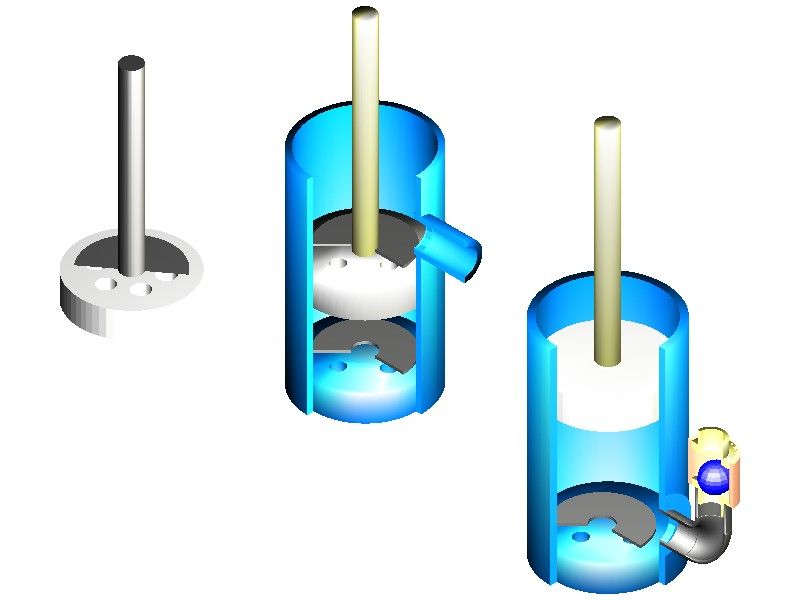


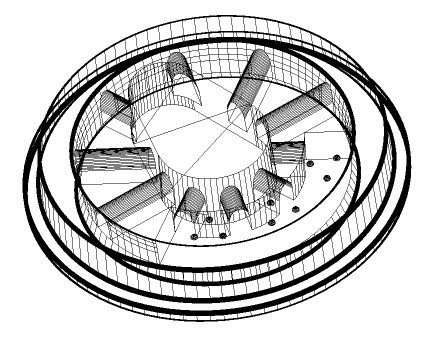
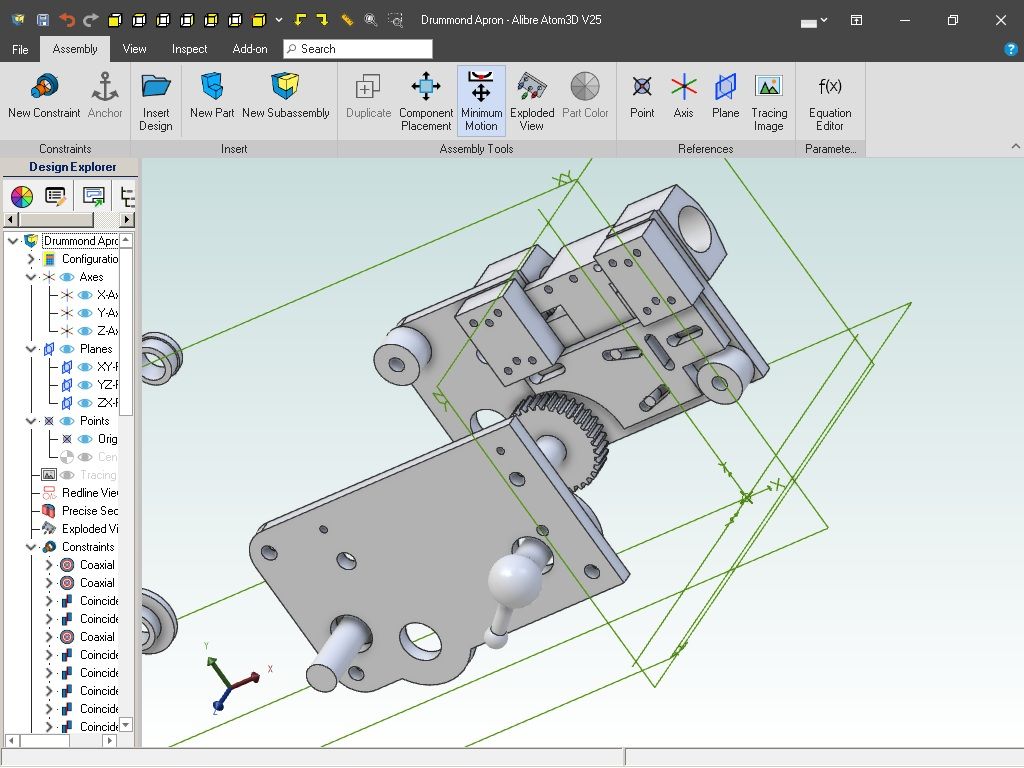
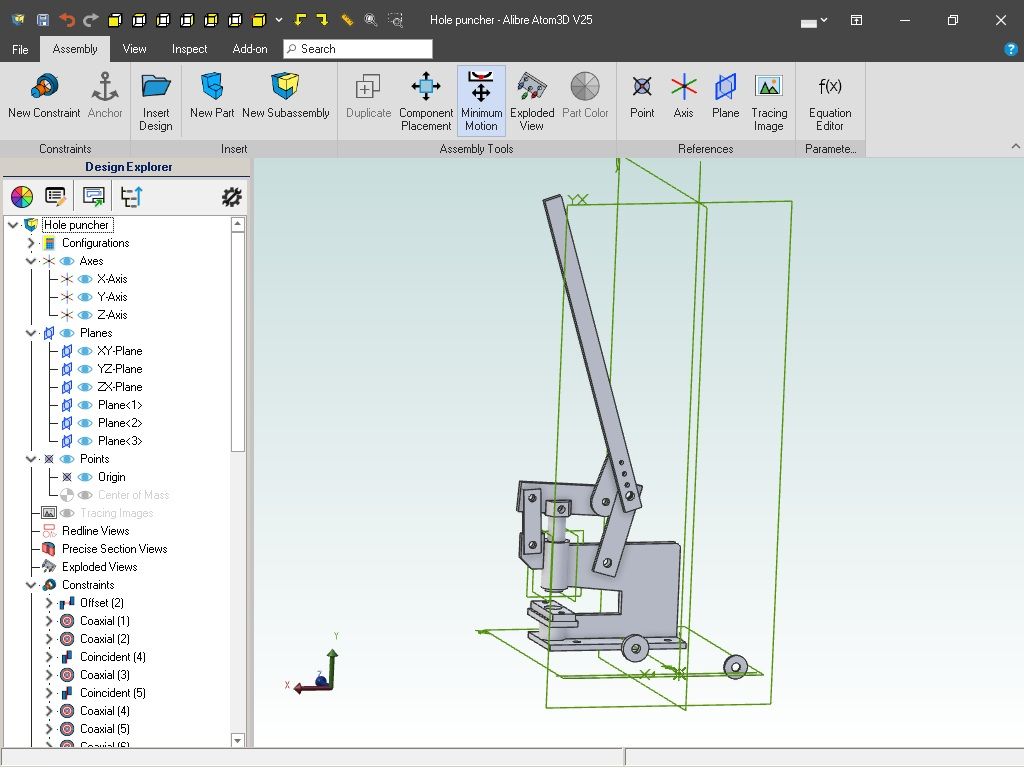
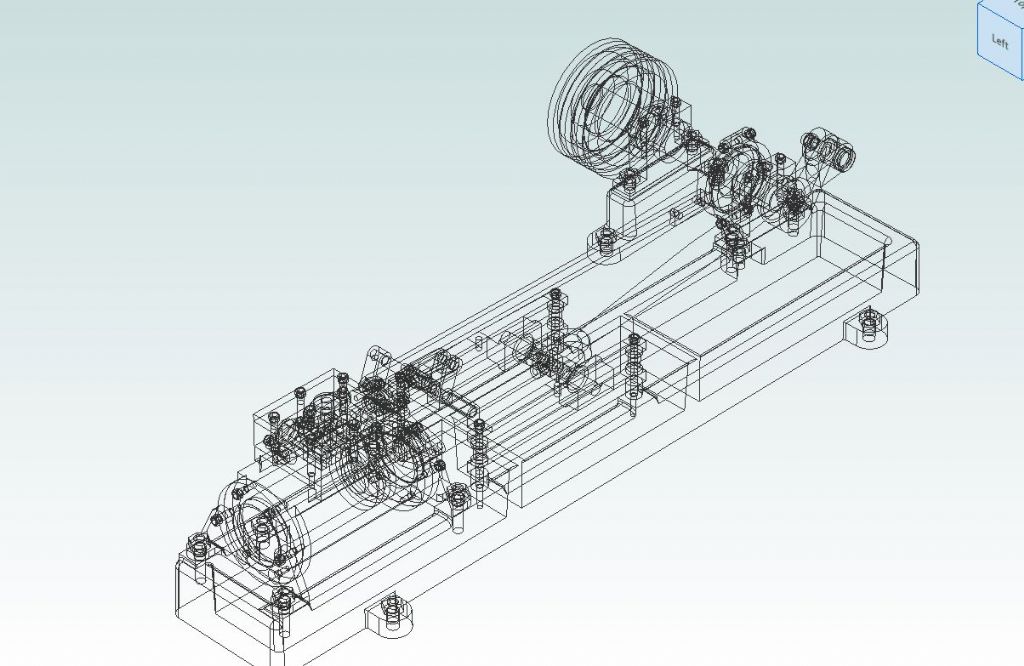
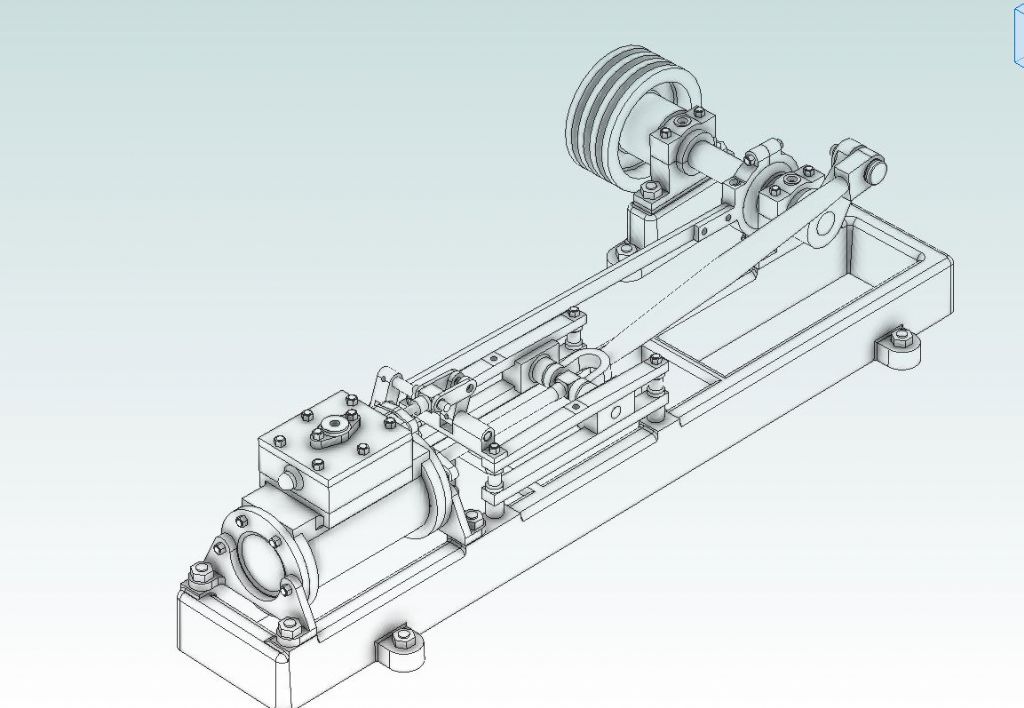

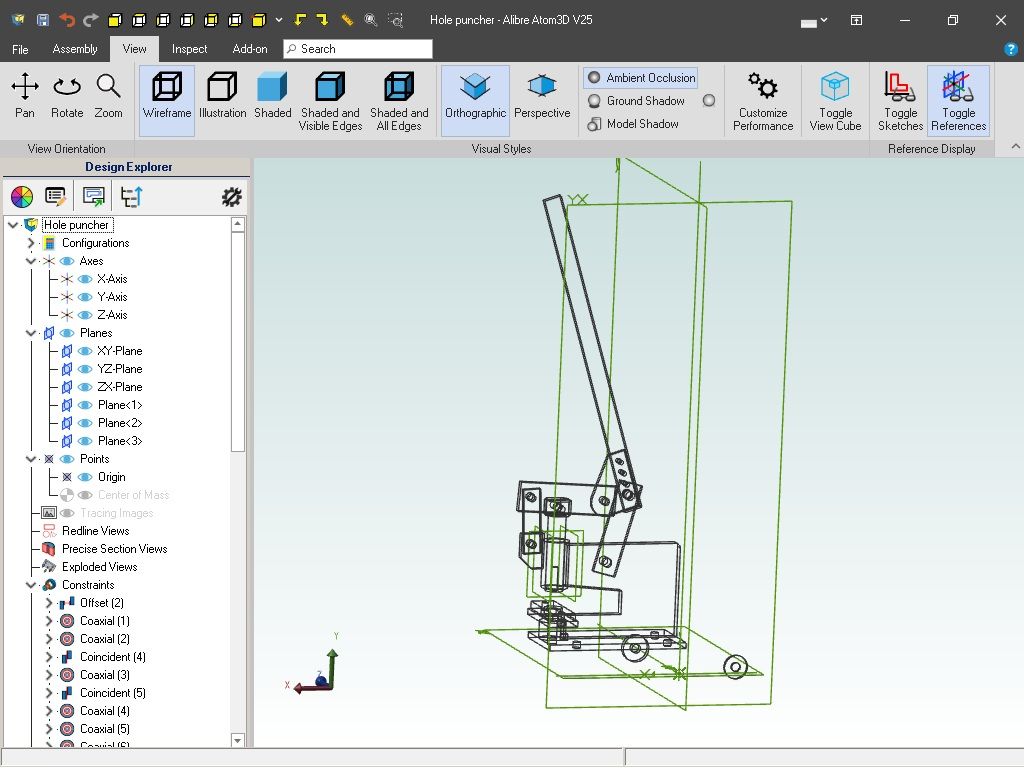










 Register
Register Log-in
Log-in


